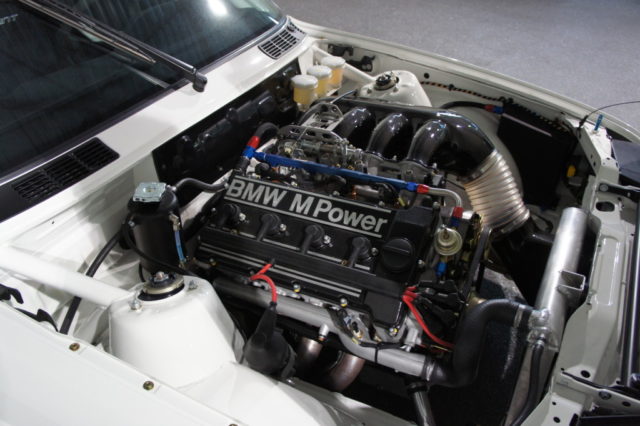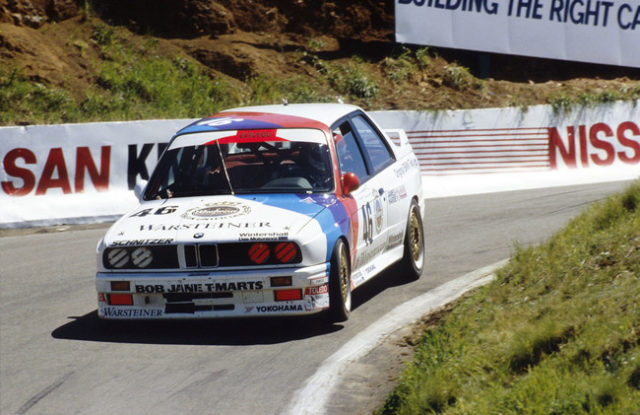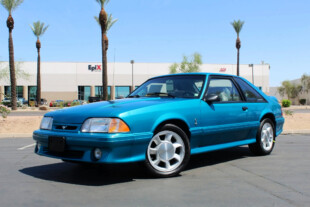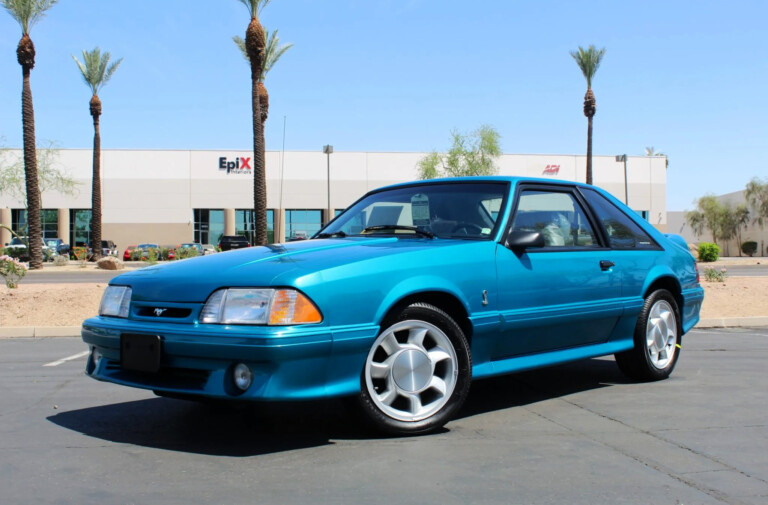There aren’t many cars which simultaneously dominated top-tier rallying, European Touring Car racing, British Touring Car racing, and DTM. For that very reason, the E30 M3 endeared itself to legions of automotive junkies and struck a chord with racing fans across countries in the late eighties and early nineties, when it was a staple at most tin-top racing events from America to Australia. Whereas with modern racing cars, the homologated siblings tend to share few visual cues in common, the older M3 actually resembled its more athletic family members. It was a gorgeous, simple thing that didn’t rely on big wings or wind tunnels. It was a subtle car, and that was part of its charm.
It certainly needed to look nice to sell to the public—since a road-going sports car needed to compensate for the edgy motor. After all, 215 horsepower and a powerband that didn’t begin until 4,000 rpm was not that impressive—not even in 1986. Especially when it sold for $34,000 new. That hard-edged character did not help endear it to the public at large, but made it a special machine for the enthusiasts out there.
Well, racing teams care little for character and are concerned with speed—soulless speed if need be. The racing variants of the M3 came in many guises, though the Group A might be one of the better versions. In 1988, it weighed just 2,100 pounds and its 2.3-liter S14 spat out an angry 320 horsepower while revving to 8,200 rpm. The Paul Rosche-designed engine would eventually go on to displace 2.5 liters, rev to 10,000 rpm, and make 340 horsepower. Considering the rebuild costs of the motor costs more than a new economy car, it’s safe to assume the internals are made up of pretty high-end components.
It’s impossible to fault that sonorous induction noise, or the way the chassis makes the absolute most out of every of the 310 ponies for use here. With a mild waggle of the tail, and an incisive entry into every corner, the car looks supremely predictable and fun. No spooling, no surge of torque, no nasty hopping; this ex-Bastos Group A machine looks to have the compliance and the precision anyone would want on a hillclimb.
It’s more than a plush ride, though. Roberto Ravaglia, the most successful man to race an M3, said the Group A M3 was “the best car I ever drove.” It was undoubtedly the car which defined touring car racing thirty years ago, and despite a world-class chassis, remained an underdog in the public’s eye—after all, how could a four-cylinder car hope to keep up with turbocharged Sierra Cosworths and Audi V8s? Yet, it did.
Though hillclimb events generally favor the powerful machinery which make this engine seem anemic, the scrappy M3 compensates in cornering speed and agility. Even without a supercharged big block providing the propulsion, this little terrier still looks peppy on the straighter sections of the Verzegnis Hillclimb, and charms observers with its distinctive four-pot bark.























